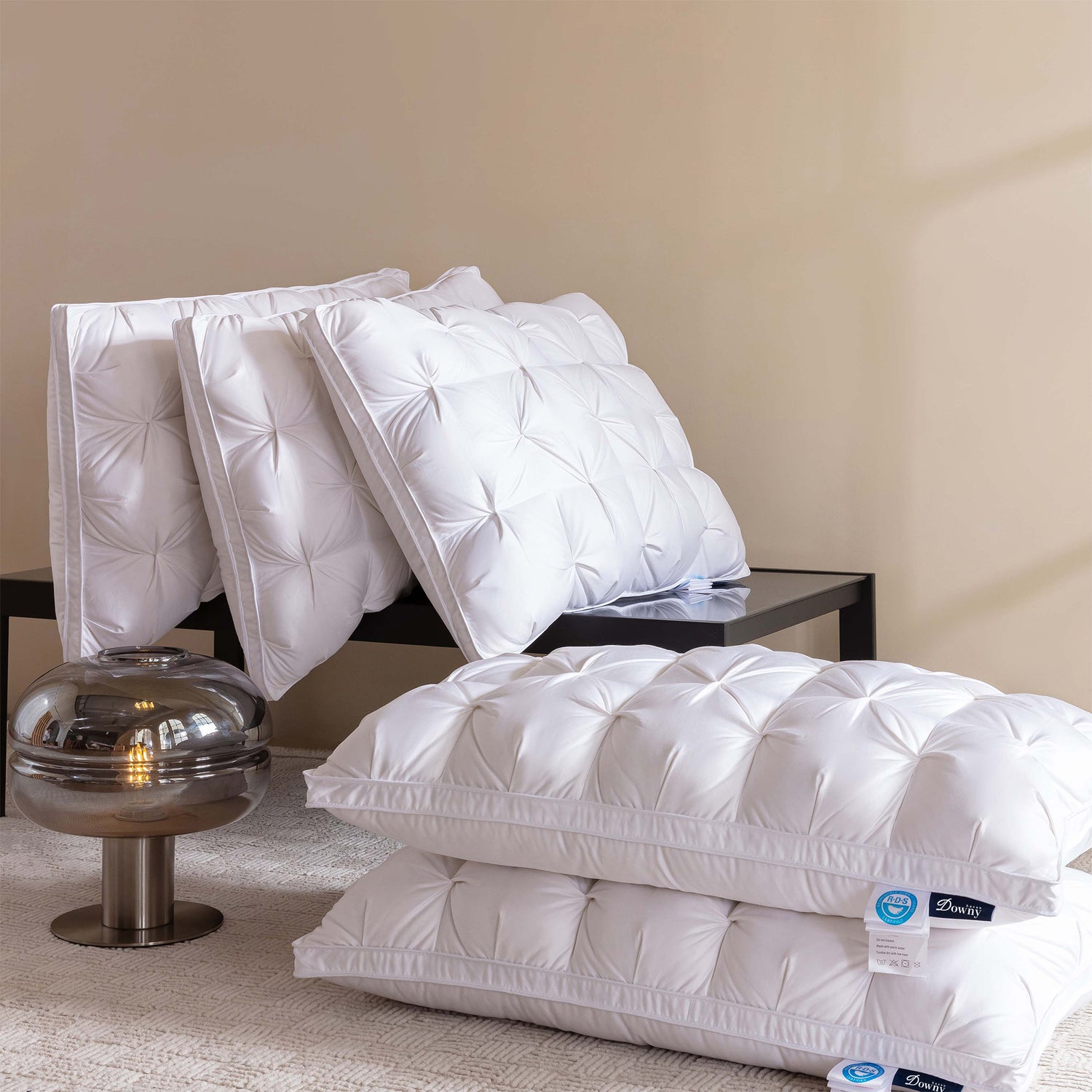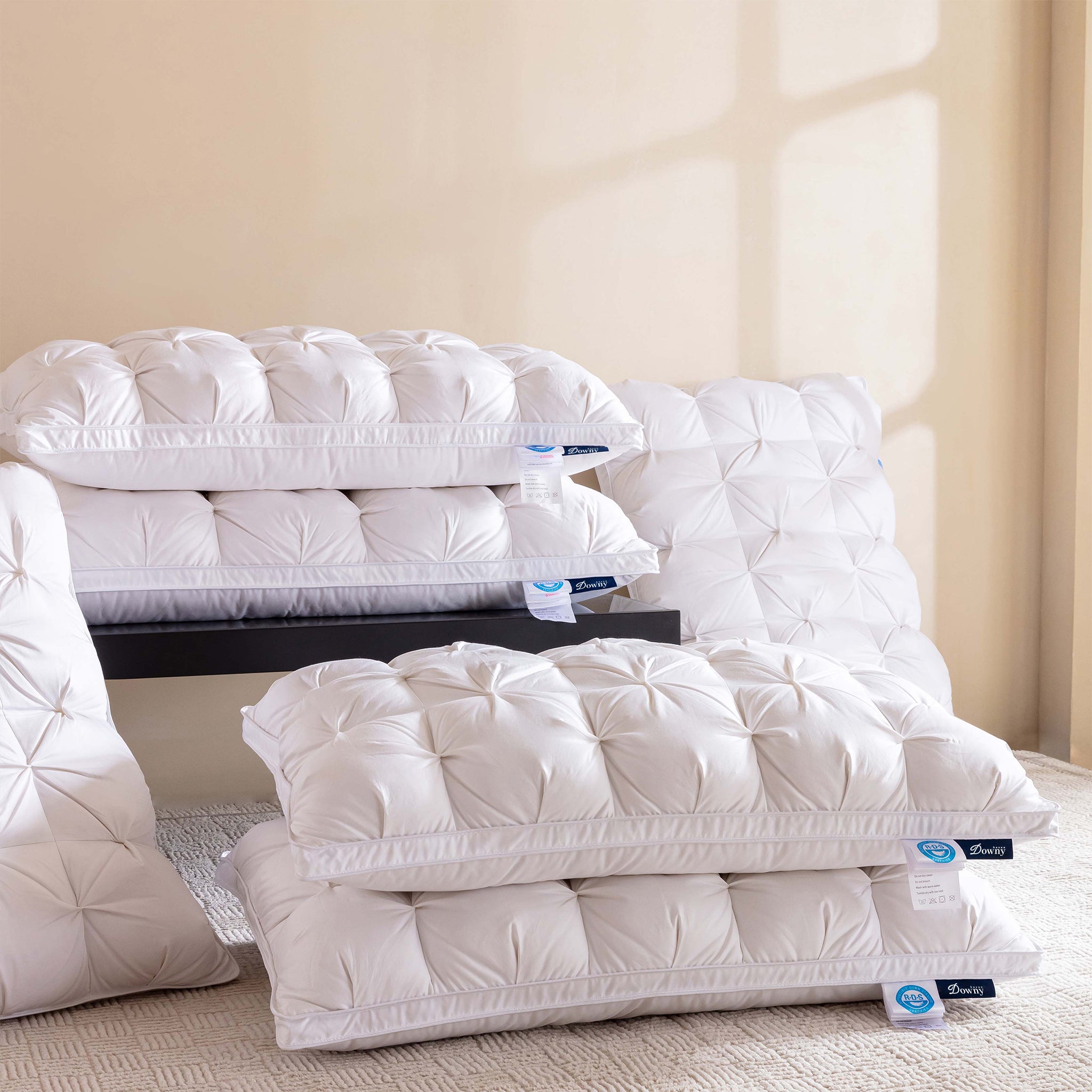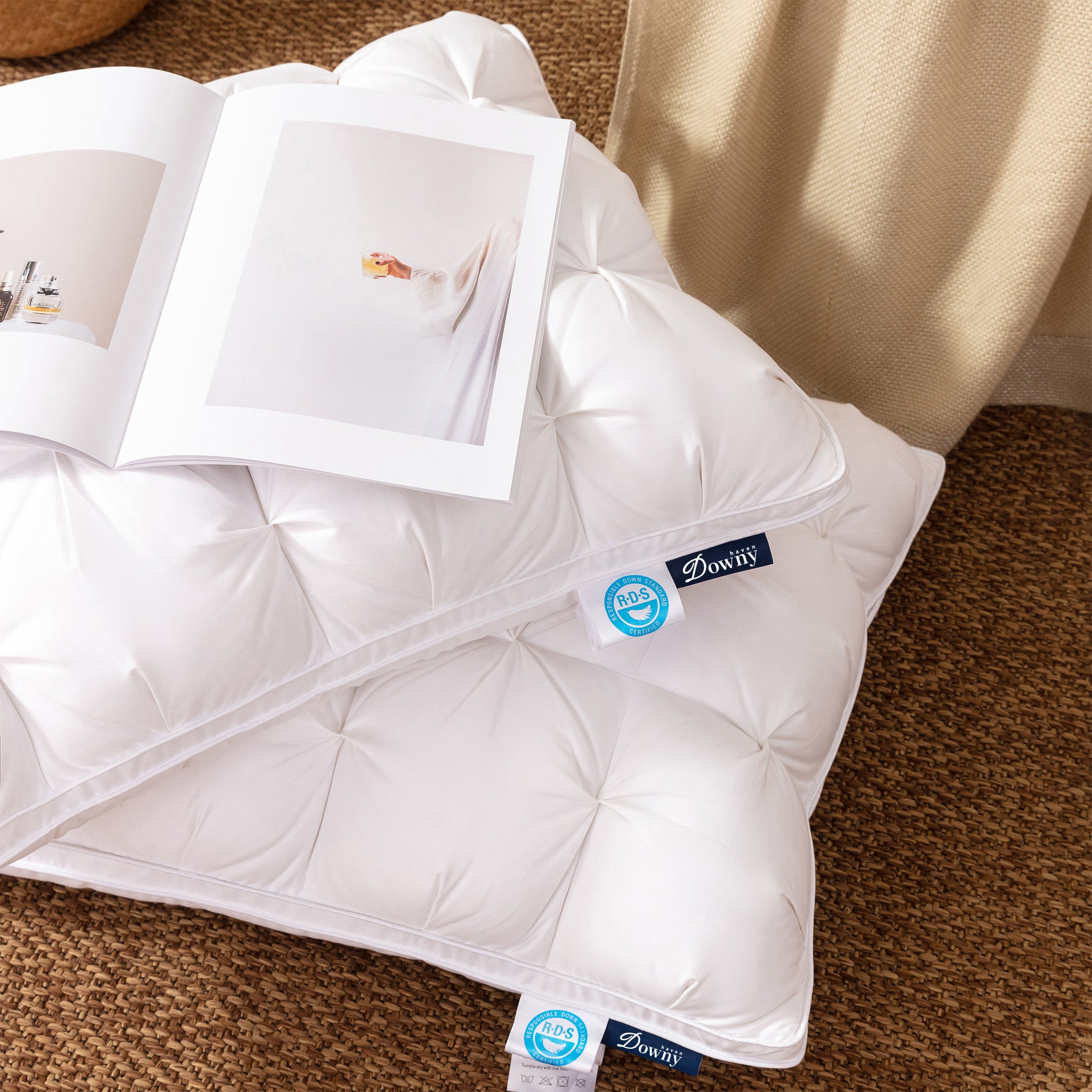Allergies can significantly impact sleep quality, leading to discomfort and health issues. For those who suffer from allergies, choosing the right pillow is crucial. Allergy-free pillows are designed to minimize allergens, providing a more comfortable and healthier sleep environment. This guide explores the benefits of allergy-free pillows, types of materials used, and tips for choosing the best allergy-free pillow.
Why Choose Allergy-Free Pillows?
1. Reduced Allergens
Allergy-free pillows are crafted from materials that resist common allergens such as dust mites, mold, and pet dander. These pillows help create a cleaner sleep environment, reducing allergic reactions and respiratory issues.
2. Improved Sleep Quality
By minimizing allergens, allergy-free pillows can significantly improve sleep quality. Users are less likely to experience nighttime awakenings caused by allergy symptoms such as sneezing, itching, and congestion.
3. Better Health
Reducing exposure to allergens can help prevent long-term health issues associated with allergies, such as asthma and chronic sinusitis. Allergy-free pillows contribute to overall well-being by promoting healthier sleep.
Types of Allergy-Free Pillow Materials
1. Hypoallergenic Synthetic Fill
Synthetic fill materials, such as polyester and microfiber, are commonly used in allergy-free pillows. These materials are resistant to dust mites and mold, making them a popular choice for allergy sufferers. They are also affordable and easy to care for.
2. Natural Latex
Natural latex pillows are an excellent option for those looking for an eco-friendly and allergy-free solution. Latex is naturally resistant to dust mites, mold, and mildew. It also offers excellent support and durability, making it a long-lasting choice.
3. Memory Foam
Memory foam pillows are another good option for allergy sufferers. The dense structure of memory foam resists dust mites and mold growth. Additionally, memory foam pillows provide excellent support and contouring to the head and neck.
4. Buckwheat Hulls
Buckwheat hull pillows are filled with natural buckwheat husks. These pillows are naturally hypoallergenic and breathable, reducing the likelihood of mold and dust mite infestations. Buckwheat hulls provide a firm and adjustable support.
5. Silk
Silk pillows are luxurious and hypoallergenic. Silk is naturally resistant to dust mites and mold. It also has temperature-regulating properties, providing a comfortable sleep environment throughout the year.
Features to Look for in Allergy-Free Pillows
1. Encasements and Covers
Look for pillows with allergen-proof encasements or covers. These covers are typically made from tightly woven fabrics that prevent dust mites and other allergens from penetrating the pillow. They are often zippered and can be easily removed for washing.
2. Washability
Choose pillows that are machine washable. Regular washing at high temperatures can help eliminate dust mites and other allergens. Some pillows are designed to withstand frequent washing without losing their shape or comfort.
3. Certifications
Check for certifications such as the OEKO-TEX Standard 100, which indicates that the pillow has been tested for harmful substances and allergens. Certifications from allergy associations can also provide assurance of the pillow’s allergy-free qualities.
Tips for Choosing the Best Allergy-Free Pillow
1. Assess Your Allergies
Identify the specific allergens that trigger your symptoms. This will help you choose a pillow material that effectively reduces exposure to those allergens. For example, if you are allergic to dust mites, opt for pillows with dust mite-proof covers.
2. Consider Your Sleep Position
Your sleep position affects the type of support you need from a pillow. Side sleepers may require firmer pillows for neck support, while back and stomach sleepers may prefer softer or medium-firm pillows. Ensure the allergy-free pillow you choose offers the appropriate support for your sleep position.
3. Evaluate Firmness and Support
Allergy-free pillows come in various levels of firmness and support. Consider your personal preference and any specific needs, such as neck pain or shoulder discomfort. Test different options to find the pillow that provides the best balance of comfort and support.
4. Read Reviews and Ratings
Look for customer reviews and ratings to gauge the effectiveness of allergy-free pillows. Feedback from other allergy sufferers can provide valuable insights into the pillow’s performance and comfort.
5. Budget Considerations
Allergy-free pillows are available at various price points. While it’s important to invest in a quality pillow, consider your budget and compare features to find the best value for your money.
Maintenance Tips for Allergy-Free Pillows
1. Regular Washing
Wash your pillow and its cover regularly according to the manufacturer’s instructions. Use hot water and a mild detergent to eliminate dust mites and allergens. Ensure the pillow is thoroughly dried before use to prevent mold growth.
2. Use Pillow Protectors
Use additional pillow protectors to provide an extra layer of defense against allergens. These protectors can be easily removed and washed, keeping your pillow cleaner for longer.
3. Avoid Humidity
Keep your bedroom environment cool and dry to prevent the growth of mold and dust mites. Use a dehumidifier if necessary, and ensure proper ventilation.
4. Replace When Needed
Even the best allergy-free pillows have a lifespan. Replace your pillow every 1-2 years or as recommended by the manufacturer to maintain optimal allergy protection and comfort.
Conclusion
Allergy-free pillows are a vital investment for individuals who suffer from allergies. By choosing the right materials and features, you can significantly reduce exposure to allergens and enjoy a healthier, more restful sleep. Whether you prefer hypoallergenic synthetic fills, natural latex, memory foam, or other materials, there is an allergy-free pillow to suit your needs. Regular maintenance and proper care will ensure that your pillow remains effective in providing allergy relief and comfort.



